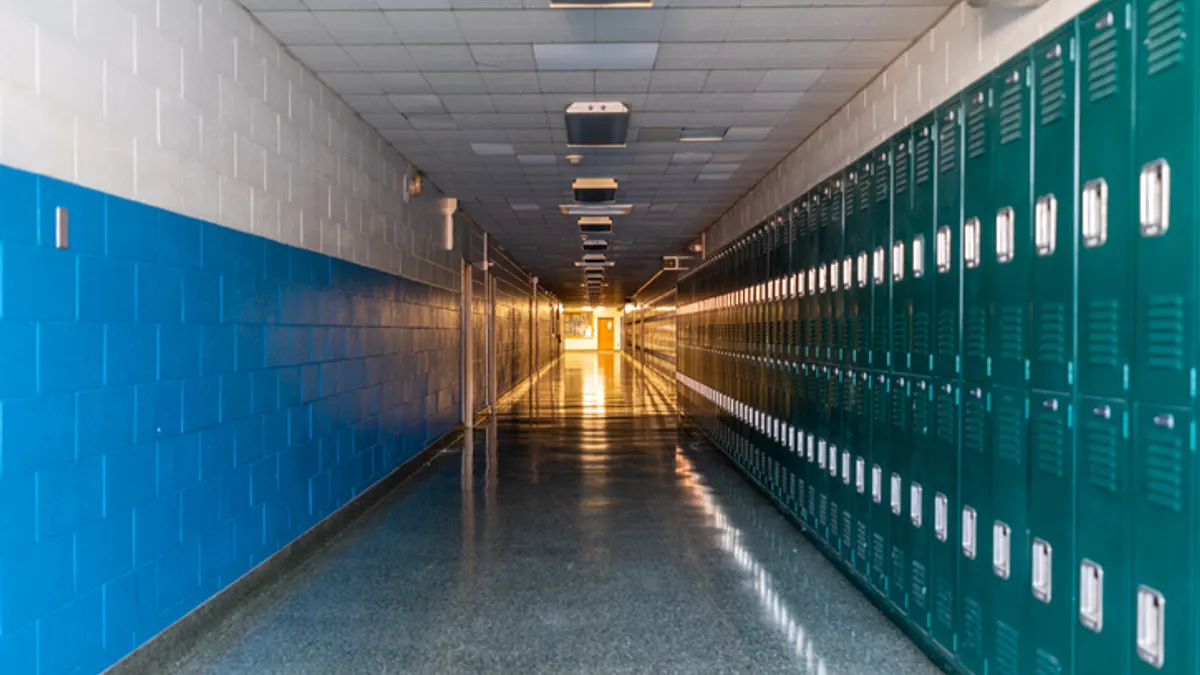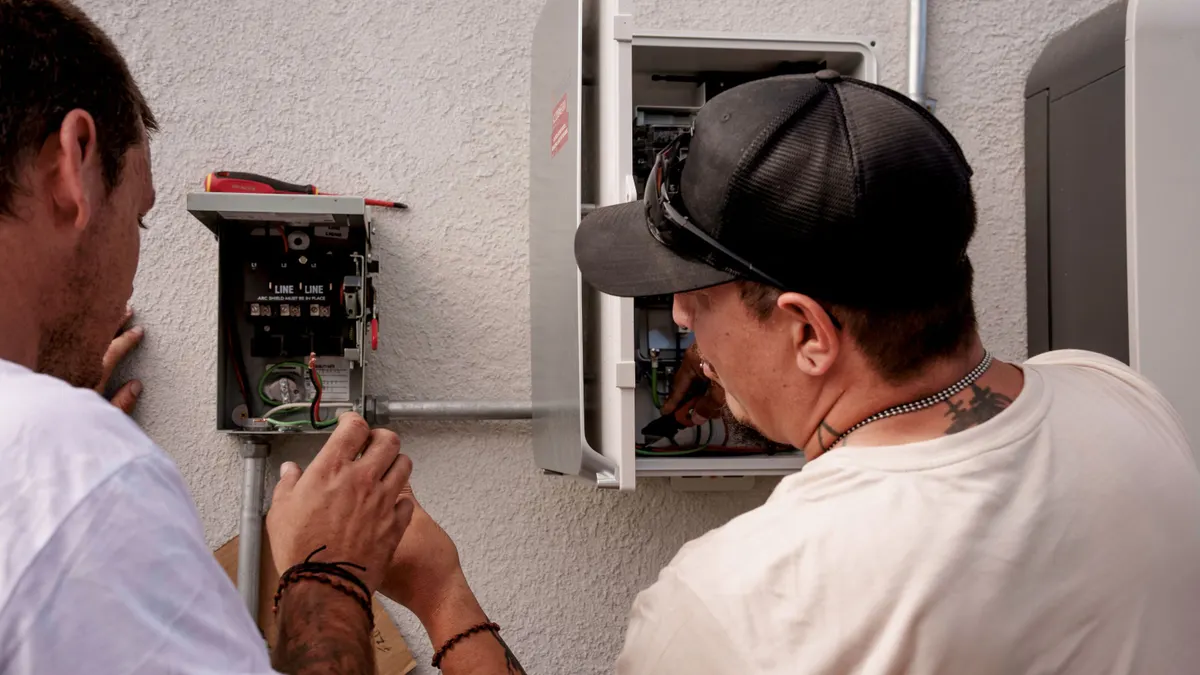Dive Brief:
- The system that Arizona uses to maintain public school facilities that meet minimum standards is unconstitutional because it relies on funding differences that leave some districts unable to achieve adequate learning conditions, the Maricopa County Superior Court ruled August 12.
- “The legislature has chosen to fund public schools through a financing system that itself causes substantial disparities between districts,” Judge Dewain Fox said in the ruling. “Arizona has … a system that forces districts to rely largely on local property taxation to fund their capital needs, and as such, property value is crucial to a district’s ability to fund its schools.”
- The judge deferred determining what remedy to impose to allow the state an opportunity to appeal the decision. “The Court recognizes that its ruling will be the subject of appellate proceedings,” the judge said.
Dive Insight:
Arizona’s constitution requires the state to provide for a “general and uniform” public school system. In the late 1990s, following a state Supreme Court decision affirming the state’s responsibility to maintain and fund school facilities that meet minimum standards, lawmakers created a system for funding backlogged repairs and ongoing upkeep and to enable districts to add facilities to accommodate growth.
After making an initial $1.2 billion appropriation to bring facilities up to standards, lawmakers routinely under allocated money needed for repairs, upkeep and future development and narrowed what the money could be used for and what was required for districts to get it.
The funding gap has led to critically backlogged maintenance needs in some districts, the court found. In one district, for example, three schools have been waiting for years to get money for roof replacements. “One of those schools … has 17 identified roof leaks,” the ruling says. In one case, it says, the teacher “places a large trash can or janitorial bucket beneath the leaks to catch the water dripping into the classroom.”
In another district, a school couldn’t replace a gymnasium’s HVAC system that no one in the area had expertise to work on. When it failed, “students played volleyball matches in … 90-degree temperatures” in the summer and in the winter “were practicing [basketball] at 5:00 a.m. in frigid temperatures indoors.”
The state’s funding program today is the product of changes over the years in response to legal challenges, but it remains unconstitutional because it relies on the ability of school districts to use their own taxing power to make up funding gaps, according to the ruling.
As a result, disparities that were found to be unconstitutional in the past persist, the judge said.
“Some districts have schoolhouses that are unsafe, unhealthy, and in violation of building, fire, and safety codes,” said the judge, quoting from a past Supreme Court finding. “Some districts use dirt lots for playgrounds. There are schools without libraries, science laboratories, computer rooms, art programs, gymnasiums, and auditoriums. But in other districts, there are schools with indoor swimming pools, a domed stadium, science laboratories, television studios, well stocked libraries, satellite dishes, and extensive computer systems.”
Districts are free to use their taxing power to go above and beyond the minimum standards for their school facilities, the judge said, but the system fails if local taxing power is the difference between meeting the minimum standards and not meeting them.
“The evidence shows that many districts without access to local bond or override funds must operate their schools in deficient facilities for months or even years while awaiting funding,” the judge said.
Plaintiffs in the case were the Glendale Elementary School District and three others, a taxpayer and the Arizona School Boards Association, the Arizona Education Association and the Arizona School Administrators. The defendants were the state and the school facilities board that was created to set and assess compliance with the minimum standards.










